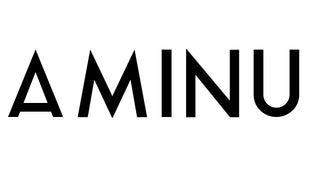Intelligent Skincare Lesson 2 : Skincare ingredients
Journal
Intelligent Skincare: A Simple Guide to Basics
Intelligent Skincare is a multi-part series that aims to spread awareness about the very basics of skincare. In Lesson 1, we talked about the purpose of different skincare products to help you choose the right kind of cleanser, exfoliator, cream, etc.
- by Priyanka Bhandari
Lesson 2a: Know what your product contains
When choosing skincare products, it’s important to look beyond the key ingredients listed on the front label. By law, all ingredients must be listed on the product packaging in order of concentration. Starting with the highest to the lowest & at the end, those in a concentration of less than 1% can be bunched up together. Always check the full ingredient list, which you can find on the product label, outer carton, or website. This helps you ensure the product contains a significant amount of active ingredients, minimal base ingredients, and safe additives. We have listed all our ingredients in the Ingredients library.
Key Categories of Skincare Ingredients:
1. Base - Act as the carrier and deliver the actives to the right location. In most cases, bases form more than 85% of the product. Example of base - Water (Aqua), base oils such as castor oil, safflower oil, almond oil, coconut oil, or a mix of oil & water.
2. Additives - These skincare ingredients make the products stable, increase the shelf life, and at times also make them more attractive., Examples of additives - emulsifiers, surfactants, artificial fragrance, color, texture modifiers, and preservatives.
3. Actives - These are the desirable skincare ingredients that you want in your skincare & are highlighted by marketers. Examples of actives - retinol, hyaluronic acid, vitamins, copper peptide, floral waters. Ideally, they should be 10-15% of the product, but, in most cases, they are not even 2%. Make sure your products have a meaningful concentration of active ingredients.
Also, like the rest of the body, the skin needs multiple nutrients or active skincare ingredients. Look for products that provide a holistic or balanced diet to your skin. And when in doubt ask the brand.
Lesson 2b: One Natural Ingredient Doesn’t Make a Product Natural
Marketers often highlight a single natural ingredient, even if it’s less than 2% of the product. As a savvy consumer, always check the full ingredient list to determine if the product is genuinely natural. Aim for products with at least 90% natural ingredients—Aminu products, for example, average 96% natural ingredients.
Invest time in understanding your skin needs and researching products. This effort pays off by helping you find reliable products and brands. For personalized skincare advice, contact Aminu’s team of skin aestheticians via chat or social media.
Find out how you can tell whether skincare is working for you or not in Lesson 3
Disclaimer: The opinions expressed in this journal are those of the authors and are for information purposes only and not medical advice. Further, they do not reflect the opinions or views of Aminu Wellness Pvt Ltd or any of its directors. Any content provided by the author(s) are of their opinion and are not intended to malign any religion, ethnic group, club, organization, company, individual, or anyone, or anything.















